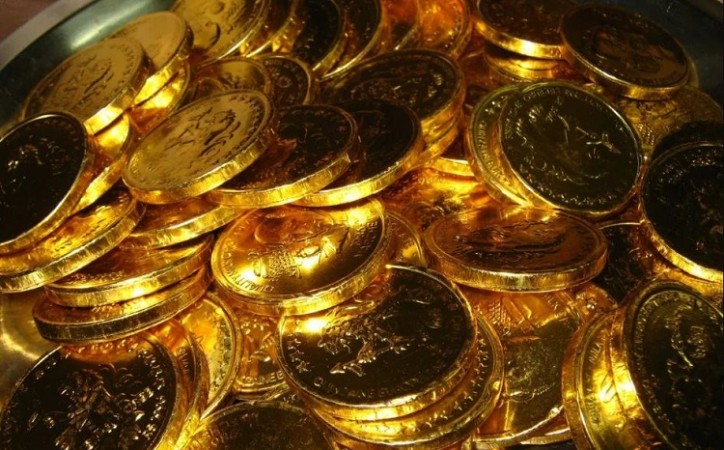
In the third quarter of 2023, global gold demand experienced a noteworthy decline, dropping by six percent to 1,147.5 tonnes. This decline was primarily driven by reduced interest in gold bars and coins, as well as a decrease in central bank purchases, as per the latest report from the World Gold Council (WGC) released on October 31.
China, the world's largest consumer of gold, saw a marginal increase in gold demand during Q3, rising to 247 tonnes from 242.7 tonnes in the same period the previous year. Meanwhile, India, the second-largest gold-consuming nation globally, saw a significant increase of 10%, with gold demand reaching 210.2 tonnes compared to 191.7 tonnes in the previous year.
In neighboring countries, Pakistan's gold demand dropped by 11%, declining to 11.6 tonnes during Q3 of 2023 from 13 tonnes in the same period the year before. On the other hand, Sri Lanka's gold demand witnessed a substantial rise, climbing to 2.4 tonnes from 0.3 tonnes.
The report also reveals a one percent decline in worldwide jewelry demand, which amounted to 578.2 tonnes in the third quarter of 2023, down from 582.6 tonnes in the previous year. The report attributes this decrease to the prevailing high gold prices and economic uncertainty, particularly affecting price-sensitive markets in Asia and the Middle East.
The report stated, "China saw a disappointing third quarter as consumers were reluctant to buy in the face of the very high local price premium, raising expectations of a price correction."
Despite the challenging economic environment, jewelry demand managed to hold relatively steady this year, but the report cautions about potential risks given the precarious economic conditions in many markets and the ongoing pressure on consumers due to the cost of living crisis.
Global demand for gold bars and coins saw a significant drop of 14%, falling to 296.2 tonnes during Q3 from 344.2 tonnes in the previous year. This decline is attributed to lower demand in specific regions, including Europe (with a particular focus on Germany), the United States, Turkey, Australia, and Iran.
Investment demand for gold Exchange-Traded Funds (ETFs), bars, and coins remained lackluster in Q3, with only 157 tonnes invested. This represents just half of the five-year quarterly average of 315 tonnes, according to the report.
Gold demand for technological applications also fell by three percent to 75.3 tonnes from 77.3 tonnes. This decline is mainly attributed to subdued demand in the electronics industry, although some sectors show signs of recovery.
Central banks' gold purchases experienced a significant decline of 27%, dropping to 337.1 tonnes in Q3 from 458.8 tonnes in the same period the previous year. Nevertheless, the report notes that when added to the record-breaking first-half (H1) total, the net purchases now stand at 800 tonnes, indicating that central bank demand is on track for another strong annual total.
The report also highlights a six percent increase in the total gold supply during Q3, rising to 1,267.1 tonnes from 1,190.6 tonnes in the previous year. This increase is attributed to record-high mine production of 971 tonnes during the quarter and a rise in recycled gold to 289 tonnes year-on-year.
Notably, the global gold market in the third quarter of 2023 exhibited declining demand, with a few exceptions such as India and China, while central bank purchases faced a notable reduction. Economic uncertainties and high gold prices were identified as significant factors influencing these trends.